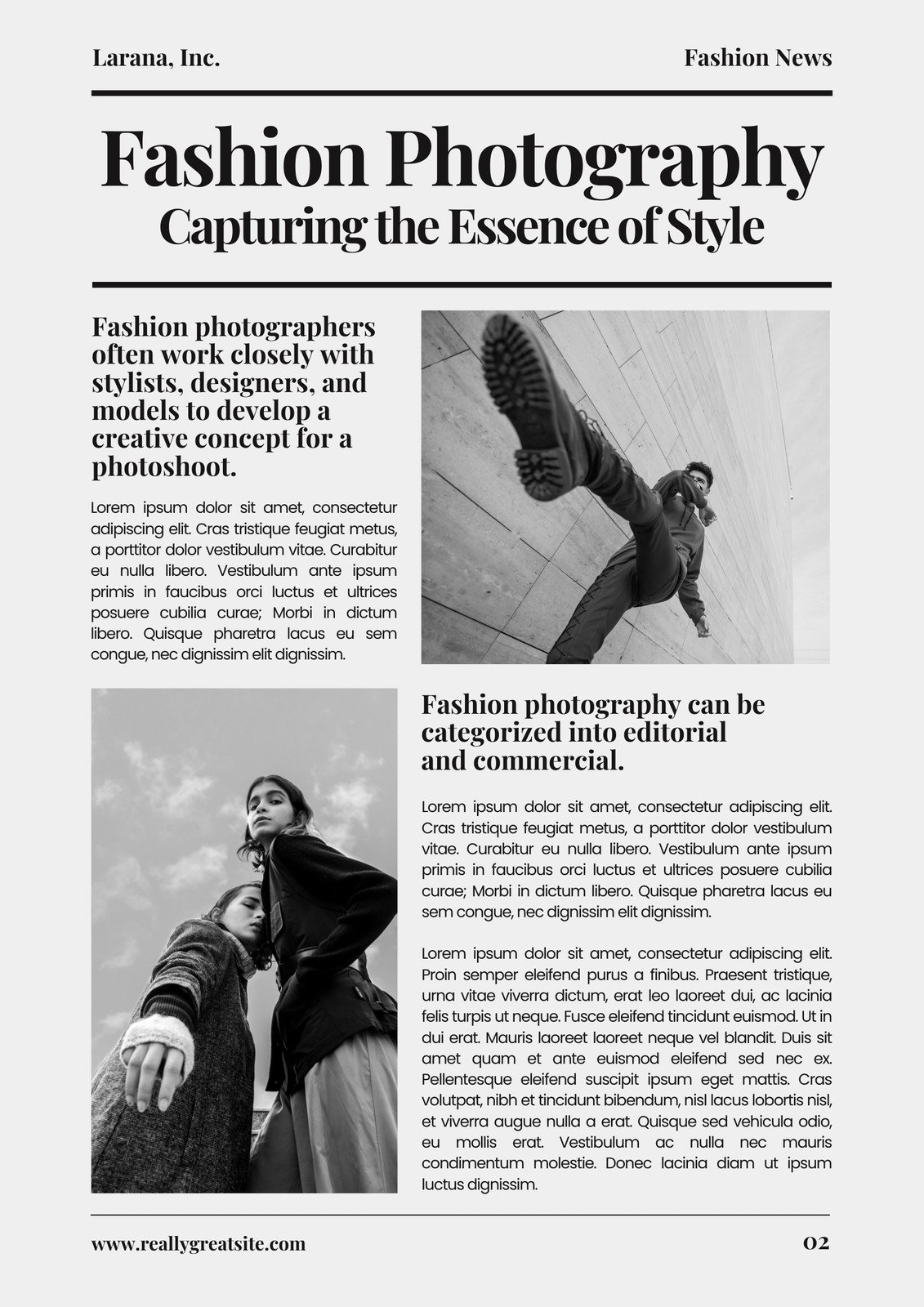How News Articles can Save You Time, Stress, and Money.
How News Articles can Save You Time, Stress, and Money.
Blog Article
Some Known Facts About News Articles.
Table of ContentsHow News Articles can Save You Time, Stress, and Money.The 25-Second Trick For News ArticlesThe News Articles StatementsNot known Facts About News ArticlesThe Single Strategy To Use For News Articles
Great understanding of different topics gives pupils an affordable side over their peers. Although digital and social media are conveniently easily accessible, we need to not neglect exactly how essential it is to check out the papers. Moms and dads should attempt and instill the habit of reviewing a newspaper as a daily routine to continue the tradition of the adored print medium.Newspaper article likewise consist of at the very least among the complying with essential attributes about the intended target market: closeness, importance, timeliness, human passion, oddity, or effect. The related term journalese is in some cases utilized, generally pejoratively, to describe news-style writing. An additional is headlinese. Newspapers typically adhere to an expository writing design.
Within these limits, newspaper article also aim to be extensive. Other variables are involved, some stylistic and some acquired from the media kind. Among the bigger and extra reputable papers, fairness and equilibrium is a major consider providing info. Discourse is typically constrained to a different section, though each paper may have a various overall slant.
Papers with a worldwide audience, for instance, have a tendency to use a more official design of creating. News Articles.; usual design overviews include the and the United States Information Design Book.
The 2-Minute Rule for News Articles
As a guideline, reporters will certainly not utilize a long word when a short one will do. They utilize subject-verb-object construction and vibrant, energetic prose (see Grammar). They use stories, examples and metaphors, and they hardly ever depend on generalizations or abstract concepts. Information writers try to prevent utilizing the same word greater than as soon as in a paragraph (occasionally called an "echo" or "word mirror").
Headings sometimes leave out the subject (e.g., "Jumps From Boat, Catches in Wheel") or verb (e.g., "Pet cat woman lucky"). A subhead (also subhed, sub-headline, subheading, caption, deck or dek) can be either a subordinate title under the main heading, or the heading of a subsection of the write-up. It is a heading that comes before the main message, or a team of paragraphs of the main message.

Extra billboards of any of these kinds may appear later on in the article (especially on succeeding web pages) to attract additional reading. Such signboards are likewise utilized as pointers to the short article in other sections of the magazine or website, or as promotions for the item in other magazine or websites. Common framework with title, lead paragraph (recap in vibrant), various other paragraphs (information) and get in touch with info.

Example of a hard-lead paragraph NASA is proposing one more space job. The company's budget request, revealed today, included a plan to send out one more mission to the Moon. This time the company wants to develop a long-term find out center as a jumping-off point for other area experiences. The budget requests about $10 billion for the project.
An "off-lead" is the 2nd most important front page information of the day. To "hide the lead" is to begin the post with background info or details of second importance to the readers, forcing them to read Resources even more deeply into a short article than they must have to in order to discover the vital factors.
The News Articles PDFs
Common usage is that or 2 sentences each form their own paragraph. Journalists usually define the organization or structure of a newspaper article as an inverted pyramid. The necessary and most fascinating aspects of a story are put at the start, with sustaining info adhering to in order of reducing value.
It allows people to check out a topic to only the deepness that their interest takes them, and without the imposition of information or subtleties that they might consider pointless, but still making that details available to extra interested readers. The inverted pyramid structure likewise allows write-ups to be cut to any type of arbitrary size throughout layout, to suit the area readily available.
Some writers start their tales with the "1-2-3 lead", yet there are many kinds of lead offered. A kicker can refer to multiple points: visit the site The last tale in the news program; a "delighted" tale to end the program.
Longer articles, such as publication cover short articles and the items that lead the inside sections of a paper, are understood as. Attribute tales vary from straight information in several methods.
The smart Trick of News Articles That Nobody is Discussing
The journalist typically information interactions with meeting topics, making the item more individual. A function's very first paragraphs commonly associate a fascinating minute or occasion, as in an "anecdotal lead". From the particulars of an individual or episode, its sight rapidly broadens to generalities regarding the tale's subject. The section that signals what a function has to do with is called the or billboard.

The Editor's Toolbox: A Reference Overview for Beginners and Professionals (2001) Allan M. Siegal and William G. Connolly. The New York Times Guidebook of Style and Use: The Official Design Guide Utilized by the Writers and Editors of the Globe's A lot of Reliable Newspaper (2002) M. L. Stein, Susan Paterno, and R.
Report this page